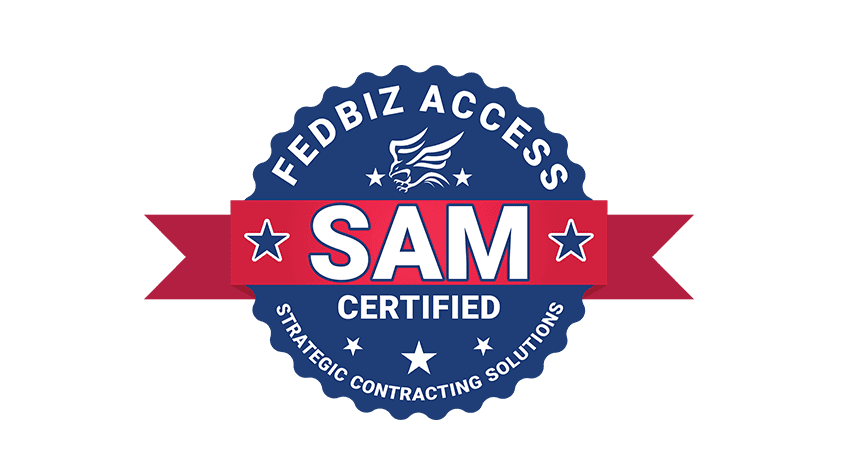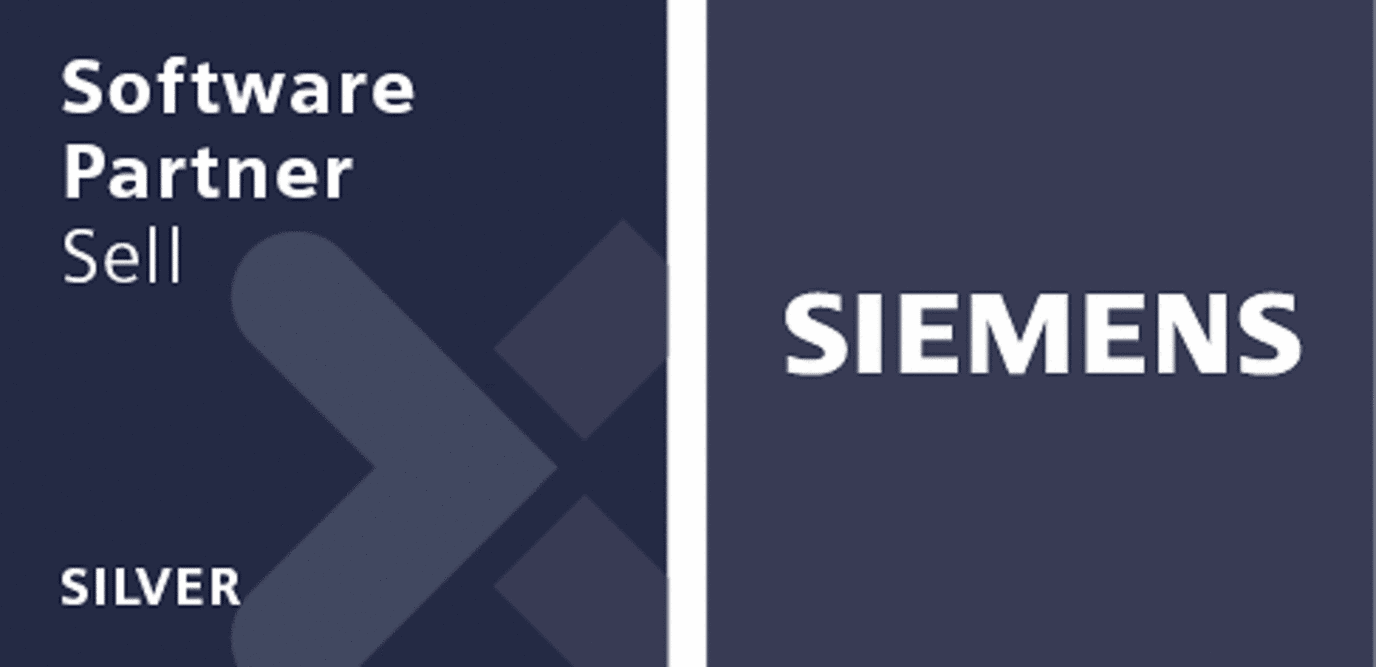What exactly is the “digital thread” — and why does AME matter?
Advanced Machine Engineering (AME) is Siemens’ blueprint for turning that thread into day-to-day practice for industrial-machinery OEMs. It merges mechanical, electrical, automation and software engineering inside a single, cloud-based source of truth, then drives decisions with a simulation-ready digital twin. The result: greater certainty in designing ever-more-complex, highly customized machines, delivered faster and at lower cost.
Why machine builders need an AME digital thread now?
Challenge | How the AME digital thread helps |
Exploding complexity & customization | Cloud-hosted single source of truth keeps BOM, CAD, electrical schematics and PLC logic in sync across disciplines. |
Supply-chain shocks & margin pressure | Early, cross-domain simulation spots issues and enables rapid design-for-alternate-parts decisions before metal is cut. |
Sustainability & regulatory demands | Lifecycle data in the thread feeds energy-use simulations and compliance dashboards. |

Pillars of the AME Digital Thread
1. Cloud-based single source of truth
Teamcenter (or Teamcenter X in the cloud) becomes the authoritative vault for requirements, CAD, ECAD, software and manufacturing data—accessible anywhere, anytime.
2. Simulation-driven digital twin
A high-fidelity twin—built with NX, Simcenter and Capital—lets teams test thousands of design variants virtually, well before physical prototypes.
3. Modular design & reuse
Engineers package repeatable sub-systems as configurable “blocks,” accelerating bids and enabling mass-customization without starting from scratch.
4. Virtual commissioning & closed-loop feedback
Tecnomatix Process Simulate validates robot paths and PLC code against the digital twin, cutting onsite commissioning time by up to 30 % and costs by 20 % (Estun Automation case).
5. Connected service & continuous improvement
Once the machine is in the field, IoT feeds (e.g., Insights Hub) close the loop, enriching the thread with real-world performance for next-gen designs.
How the Thread Weaves Through the Lifecycle
Ideation & requirements – Structured capture in Teamcenter sets traceability.
Multidisciplinary engineering – MCAD, ECAD, PLC & software teams co-author in parallel.
Virtual build & test – Simcenter analyses, Tecnomatix virtual commissioning, automated compliance checks.
Production & ramp-up – Opcenter/MES connects ERP, shop-floor and quality systems to the thread.
Operate & optimize – Field data drives predictive maintenance, energy optimization and design refreshes.

Quantifying the Impact
KPI | Typical improvement* |
Engineering change cycle-time | 25-40 % faster |
Physical prototypes required | –50 % |
On-site commissioning time | –30 % |
Overall development cost | –15-25 % |
*Based on Siemens customer benchmarks and Estun Automation results.

A Pragmatic Roadmap to Your Own AME Digital Thread
Assess digital maturity – Map current data flows & pain points.
Establish data governance – Define part/asset identifiers and revision rules in PLM.
Connect core authoring tools – NX, Capital, Polarion, TIA Portal.
Build the simulation backbone – Introduce Simcenter & process simulation early.
Pilot virtual commissioning – Select a high-impact cell; measure commissioning delta.
Scale via cloud – Migrate to Teamcenter X/NX X for global access & auto-updates.
Institutionalize feedback loops – Feed IoT and quality data back to engineering.
Common Pitfalls (And How To Avoid Them)
Siloed spreadsheets—solve with PLM-managed BOM & change.
Ad-hoc tool integrations—standardize on open JT & OSLC connectors.
Under-estimating change management—invest in role-based training and pilot champions.

Where the Siemens Xcelerator Portfolio Fits
Teamcenter / Teamcenter X – Digital thread backbone
Capital – Electrical & automation engineering
Simcenter – Performance, CFD, structural, NVH & controls simulation
Tecnomatix – Manufacturing process planning & virtual commissioning
Opcenter – MES & quality execution
Mendix – Low-code apps that surface thread data in context
Together they deliver the only end-to-end platform that natively realizes the AME digital thread.

Ready to start?
Whether you’re modernizing a single machine line or rolling out a company-wide digital transformation, grounding the effort in an AME digital thread minimizes risk and maximizes ROI.
ProductSpace’s certified Siemens experts can help you benchmark, pilot and scale the journey. Let’s talk about accelerating your next-generation machines—today.





